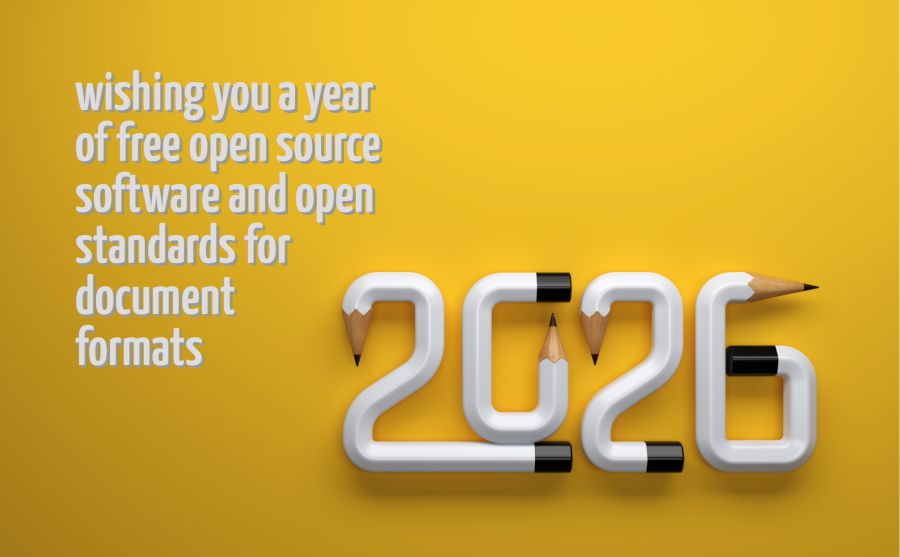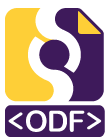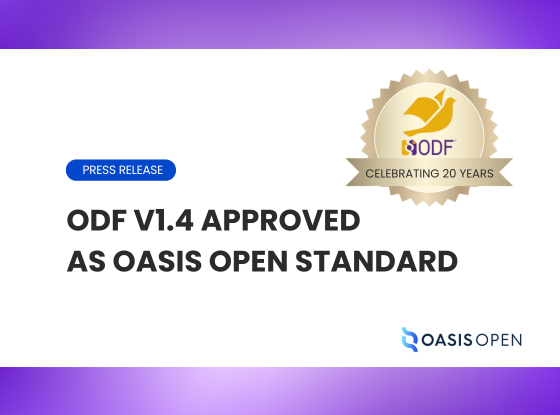 To be honest, I didn’t think I would publish my usual post about ODF over the festive period, as most people are busy with other activities and the document format isn’t a priority. Those who work are focused on the end of the quarter, while those who don’t work are focused on end-of-year celebrations.
To be honest, I didn’t think I would publish my usual post about ODF over the festive period, as most people are busy with other activities and the document format isn’t a priority. Those who work are focused on the end of the quarter, while those who don’t work are focused on end-of-year celebrations.
However, I then decided to write this post to highlight the importance of ODF during busy periods such as the festive season. After all, document format is always relevant. Using a proprietary format could mean handing over the moments we share with our families or the sales data we have worked so hard to achieve over the previous 12 months to others.
Families organise gatherings, communities organise events, schools prepare holiday programmes and offices compile reports, schedules and shared documents. Everyone collaborates, often under pressure and almost always using different tools and devices.
It is at times like these that the Open Document Format, or ODF, quietly proves its worth.
Holidays are based on shared documents
Behind every celebration is a surprising amount of paperwork.
There are invitations, programmes, menus, budgets, volunteer lists, seating plans and announcements. These documents are shared with relatives, suppliers, communities, and colleagues. Not everyone uses the same software. In fact, not everyone even uses the same operating system.
ODF simplifies all of this because it is an open standard, enabling documents to be opened, edited and shared across different systems and applications without the risk of file corruption. You send a file and the recipient can open it every time without any problems or worries. That’s it.
During the festive season, this simplicity is more important than advanced features.
There’s no time to ask “Can you send it again?”
Festive season planning often takes place late at night or in between other commitments. People don’t have time to solve format-related problems, but they still want to maintain control over the content.
Documents in proprietary formats can cause problems at the worst possible moment and, in any case, do not allow complete control over the content: fonts change, layouts break and comments disappear. Someone asks for a PDF, and then another version is produced that cannot be edited. This creates confusion.
ODF eliminates these problems because it keeps content readable and editable, regardless of the operating system or tool used. This allows people to focus on the event itself, rather than spending time fixing documents.
When people are juggling travel, family and deadlines, having fewer document-related headaches can make all the difference.
Inclusion depends on open formats
Holidays are about bringing people together, including those who use older devices or assistive technologies due to age or lack of interest in technology. Not to mention those who consciously choose to use free and open-source software.
ODF supports all types of inclusion.
In fact, an open standard enables accessibility tools to function reliably, meaning communities are not forced to purchase specific software just to read a programme or complete a form. Public institutions can share any document without excluding anyone.
If an event is designed for everyone, the related documents should be too.
Holiday documents are important on the long term
Programmes become memories, community reports become archives, and photos and articles are reused year after year. Even family recipes and traditions are passed down in the form of documents.
ODF helps preserve these memories.
The open format means that documents can be read years later, regardless of a company’s commercial decisions to abandon a product because it is not generating enough profit. Years later, documents can be opened, copied and shared.
Holidays are fleeting, but documents should not be.
Public events need public standards
Many holidays are organised by schools, local authorities, cultural groups, and non-profit organisations. These organisations serve the public and use public funds. ODF enables the characteristics of these events to be preserved and protects resources from commercial interests.
Using an open standard avoids being tied to a single supplier, allows for predictable costs, and guarantees transparent access to content without barriers. Community newsletters, holiday calendars and funding forms shared in ODF format respect the diversity of tools used by users.
Open standards align with public values, particularly when information sharing is paramount.
A small choice with a big impact
Choosing the standard and open ODF format may seem like a technical detail. For those who stubbornly refuse to understand everything behind a closed and proprietary format, choosing the standard, open ODF format may even seem like an unnecessary imposition. During the festive season, however, it is a choice with a significant cultural and social impact.
It means the difference between smooth collaboration and last-minute stress; transparent inclusion and seemingly accidental, but actually highly deliberate, exclusion; and documents that last and documents that disappear.
ODF does not require attention and does not interrupt the celebrations. It works very simply in the background, allowing people to focus on what matters: being together, sharing time, and creating memories.
Those who think all this is a sterile marketing exercise could do something useful for themselves and their community by considering the end of support for Windows 10 and older versions of Office. These have rendered many perfectly functioning PCs and readable documents obsolete, despite a user licence having been paid for them. Users should draw the appropriate conclusions from this.
Happy 2026 to everyone under the banner of free and open-source software and the only open standard, which defend our personal freedom from the interference of Big Tech and the governments that support them.


